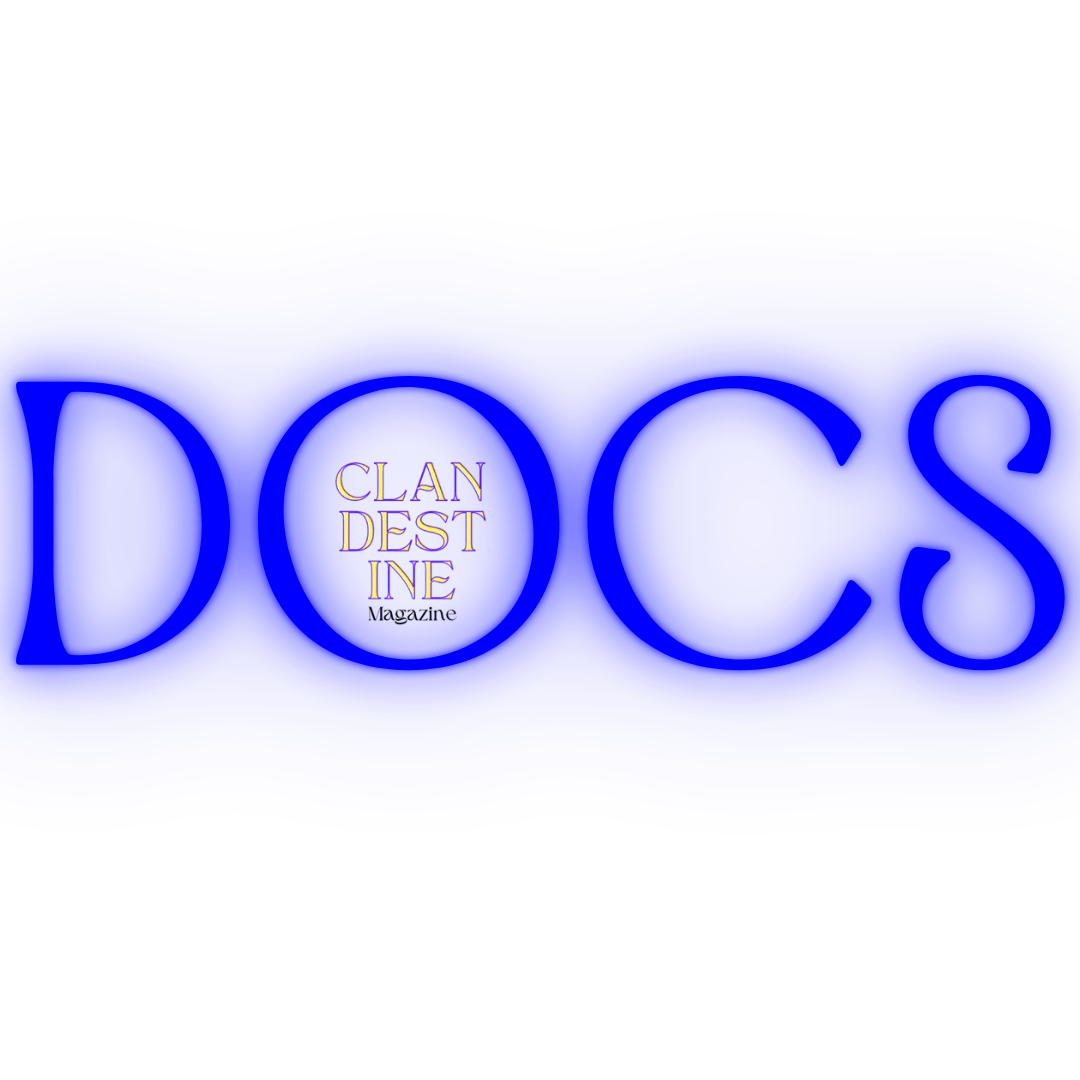In The Uprising, a woman with a baby at her hip and a working man fend off an attack by a uniformed soldier. Behind them, a riotous crowd clashes with more soldiers, who force demonstrators to the ground. The location is unclear, though the figures’ skin tone implies that the scene is set in Mexico or another Latin American country. In the early 1930s, an era of widespread labor unrest, images of the violent repression of strikes would have resonated with both U.S. and Latin American audiences. The battle here stands as a potent symbol of universal class struggle.
The red banners and clenched fist that rise above the crowd in The Uprising offer internationally comprehensible signs of workers’ resistance. Rivera traveled to Moscow in 1927 as a delegate of the Partido Comunista de México (Communist Party of Mexico) and stayed there for roughly six months. Upon his return, he increasingly employed urban industrial imagery to envision class revolution on an international scale. Swaths of red, hammers and sickles, red stars, and images of urban factories abound in the murals Rivera created at the Secretaría de Educación Pública in Mexico City after his trip.
Precedents for the powerful female combatant at the center of The Uprising are found in both Soviet and Mexican images of women as active participants in insurrection. In the years before Rivera’s 1927–28 trip to Moscow, pictures of idealised female proletarians proliferated in Soviet propaganda. His figure also recalls the militancy of revolutionary soldaderas, female fighters in the Mexican Revolution who were made iconic through popular photographs of the era.
Rivera’s composition, with a dynamic female protagonist at the center of a larger conflict, brings to mind Jacques-Louis David’s The Intervention of the Sabine Women (1799). Working after the French Revolution, David used classical mythology to create a passionate plea for reconciliation in the wake of the war; the woman in the foreground puts herself in harm’s way in hopes of stopping the fight. By contrast, Rivera’s modern woman is a partisan participant, willing to fight for herself and her family at all costs.





















